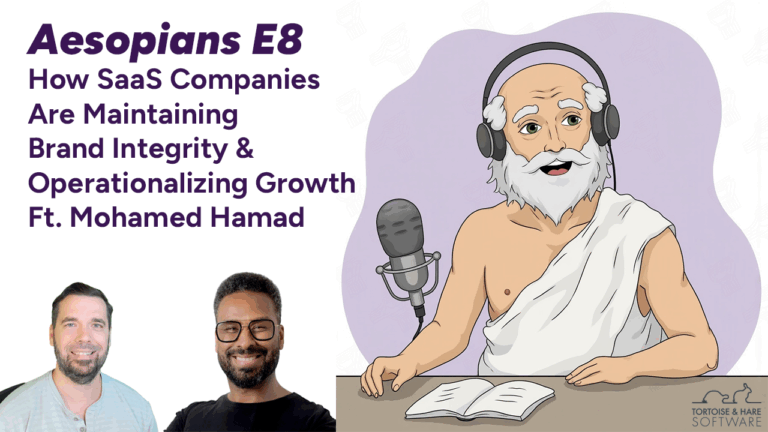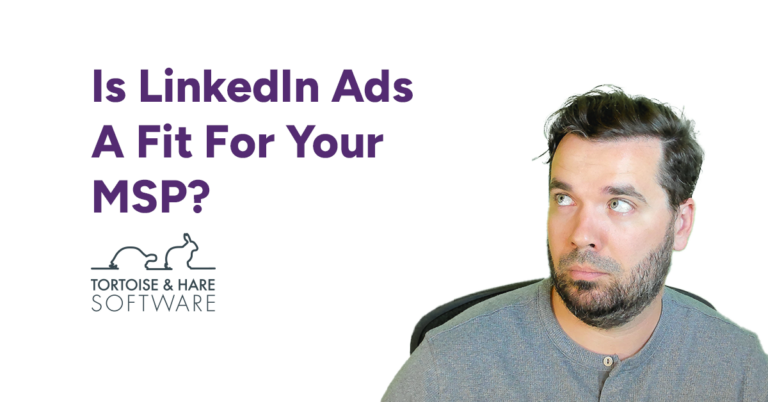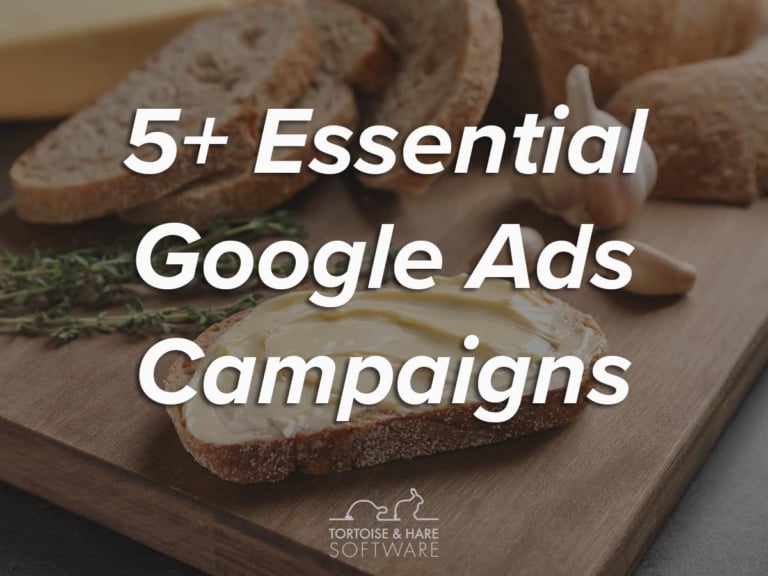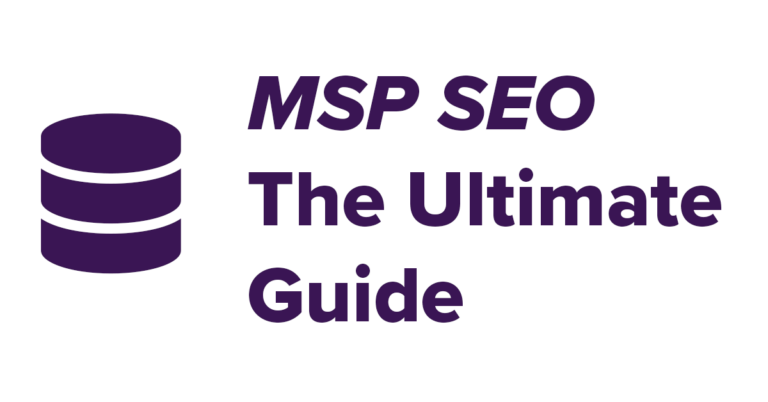Best Practices For Responsive Search Ads
Last Updated: October 29, 2022

If you’ve been running paid search campaigns on Google Ads lately you’ve almost certainly noticed that responsive search ads are now the standard. Google is leaning heavily into automation and machine learning and fighting the current is not only less effective, but it’s also now not even possible in some cases. Expanded text ads have been retired and now advertisers must officially embrace responsive search ads when creating new ad groups for their campaigns. In this post, I’d like to break down some best practices for creating responsive search ads in your paid search campaigns so you can increase your ad rank, generate more clicks on your campaigns, and convert more site visitors into qualified leads.
How Do Responsive Search Ads Work?
In order to understand what it takes to write an effective responsive search ad, we have to understand how responsive search ads work in the first place. Responsive search ads have the following attributes:
- Up to 15 headlines
- Up to 4 descriptions
Google will take that pool of available headlines and descriptions and randomly put them together into combinations that form complete ads. Just the number of headlines and descriptions on its own could yield up to 60 combinations, however, Google may leverage a single headline, two headlines, or three headlines in ads, and either one or two descriptions. When you factor in this extra layer, the potential for ad combinations can be enormous.
That said a standard ad and the most commonly shown ad will have 2 headlines and 2 descriptions. We want to keep this in mind when writing our responsive search ads and optimize our supplied ad copy such that the highest quality ads that leverage two headlines and two descriptions will be shown.
Viewing the asset details on your responsive search ad will show you the most common combinations over the past 90 days. These can give you a clue as to what Google likes in a responsive search ad.


Understanding Quality Score And Ad Rank
Google doesn’t have to show your ads on the SERP to understand potential winning combinations. They use predictive tools to assign your ads a quality score. There are 3 published quality score metrics:
- Landing Page Experience
- Ad Relevancy
- Expected Clickthrough Rate
A total quality score is up to 10 points. Best I can tell landing page experience compromises 4 points, ad relevance can be up to 3 points and expected CTR is up to 3 points.
Bear in mind that all quality score metrics are relative to other advertisers in the market.

Note that writing a high-quality ad can give you up to a 50% discount, whereas writing a low-quality ad can give you a 400% increase. There are definitely winners and losers when it comes to advertising on paid search.
The quality score for your ads is combined with your bid to determine an Ad Rank. Your ad rank is what determines the position of your ad on the SERP and how much you pay for clicks. Writing higher quality ads lowers your cost to advertise. See the graphic below for more information.
This is one of the top reasons hiring a good account manager is an easily justifiable cost that pays for itself.

Best Practices For Writing Advertisements
When writing ad copy, write your ads for an ideal customer profile (ICP). Ads tailored specifically to an ICP will perform better in terms of meeting your business objectives. Use your ad copy as a qualification tool. Since you are paying for clicks you want your ads to stand out to your ICP and be un-enticing to people outside of your target demographic. It can be tempting to write clickbait-y ads that attract a generalist audience, while this might increase your click-through rates, and impression counts, it will have a negative impact on your conversion rates and the performance of your ad campaigns overall in the context of using them to attract qualified leads and close more deals.
Writing ads in this way may not always be the best and most optimized way to write ads in terms of what Google wants from a machine learning perspective or ad rank perspective. The most artfully crafted ads perform well in Google’s automated systems, and for target customers. This often takes writing numerous drafts of ad copy and work to improve performance over time.
Best Practices For Writing Headlines In Responsive Search Ads
Ok, so we’ve got 15 headlines to play with. We want to use all available headlines if possible to give Google the best data and the best possible chance to put together winning ad combinations with machine learning. But what to write?
These best practices are based on my experience writing and re-writing ads to improve ad rank, increase impression count, and generate more leads from paid search campaigns, so take them with a grain of salt.
A good responsive search ad will have:
- At least 1 brand name headline
- e.g. “Tortoise & Hare Software”
- At least 3 call to action headlines
- e.g. “Call Now”, “Request A Demo”, “Call [Brand Name] Today”
- At least one dynamic keyword insertion
- e.g. {KeyWord:Get IT Support In Jacksonville}
- About 5 headlines that contain the keywords you are targeting with your ad group
- About 5 headlines that communicate value of clicking and highlight your offer or positioning
- e.g. “Get 24/7 Tech support”, “Free Onboarding”, “Award Winning Software”, “Competitive Pricing”, “Free Download”
Best Practices For Writing Descriptions In Responsive Search Ads
Descriptions are much more difficult to write and they will likely make or break the performance of your ads. Headlines largely serve as a hook to entice a searcher to read more of your ad, and the description is the “closer” when it comes to earning a click. We’ve got 4 descriptions we can write to serve as chances to put together winning combinations.
- 1 Descriptions that uses a brand term
- 2 Descriptions that include a call to action as part of the description
- 2 Descriptions that include keywords that your ad group is targeting
- Try to use at least 70 of the 90 characters available in a description.
- Write your descriptions in Title Case
Here are a couple of examples of high performing descriptions:
- “Make Your IT easy. Remote and Onsite Support. Love Your Managed IT Provider, Call Today.”
- “Get Peace Of Mind With A Reliable Provider. Competitively Priced IT Services And Support.”
- “Generate Leads Through Search Engine Marketing. Contact Tortoise and Hare Software Today.”
- “Build Your Top Of Funnel, Increase Brand Awareness, And Start Building The Sales Pipeline.”
Check out this blog post by WordStream with findings from more than 600 ads analyzed via their software. There are lots of great insights in it, albeit maybe a bit more eCommerce-focused.
Since there are only 4 descriptions and it’s a bit tougher to really nail descriptions on your first try. Following these guidelines can get you off to a good start. Let your ad accrue at least 1,000 impressions and evaluate performance. Swap out your lowest 2 performing descriptions for new ones to improve the quality of your ads over time.
Final Thoughts
Expanded text ads will no longer be editable and you won’t be able to create new ones starting in June of this year. Responsive search ads are the future of paid search campaigns on Google Ads and advertisers will need to begin leveraging them to attract qualified buyers to their landing pages. In this article, we’ve given some visibility into what it takes to write effective responsive search ads, and how creating quality ads can improve the performance of your account and reduce your cost to advertise. Keeping fresh ad copy flowing into your account and working to improve the performance of your ads can be extremely valuable, and working with the right account manager can significantly increase your quality scores and help you generate more leads for your brand. Contact Tortoise and Hare Software today to learn more about how we can help.










































Leave a Comment